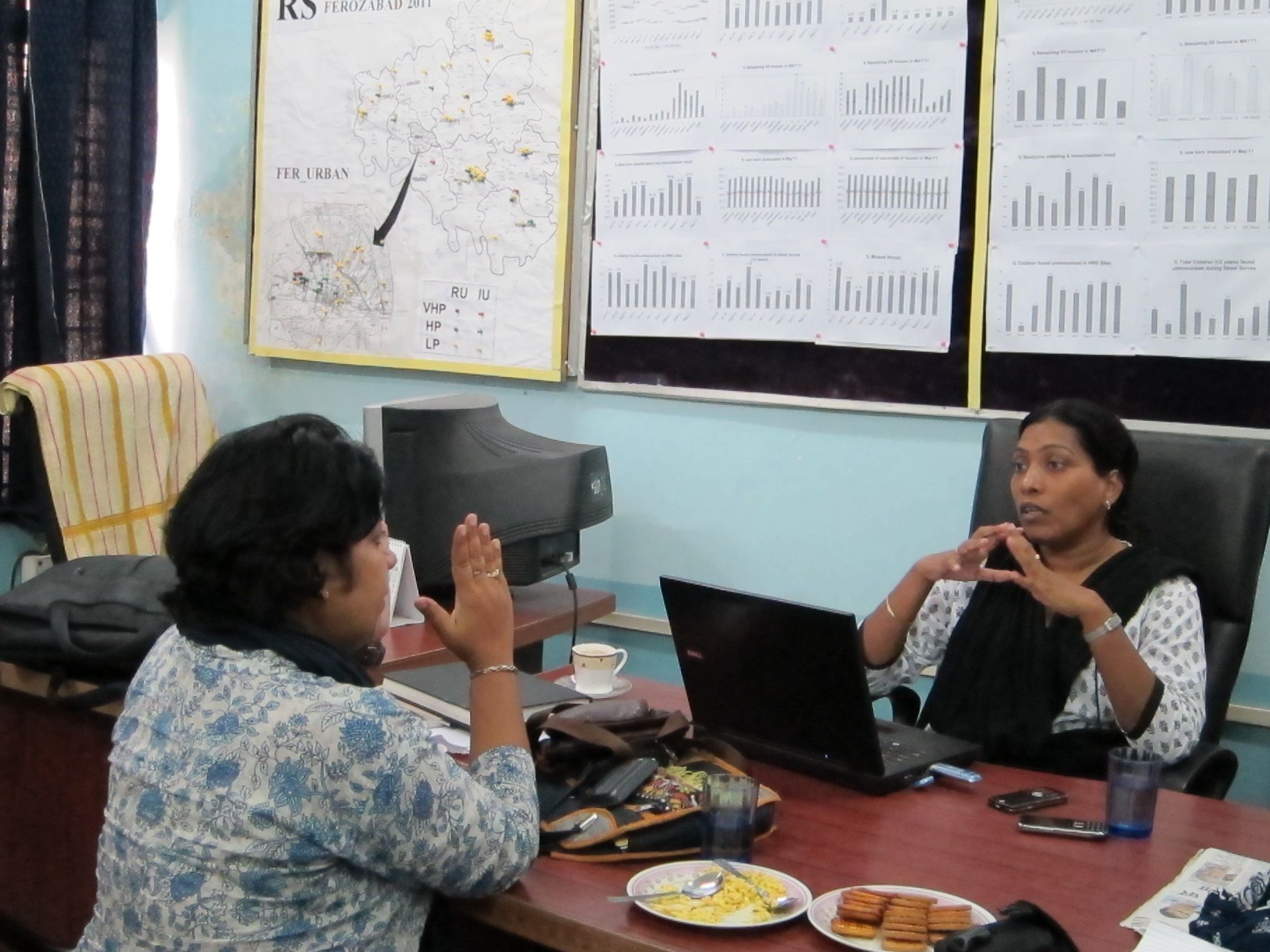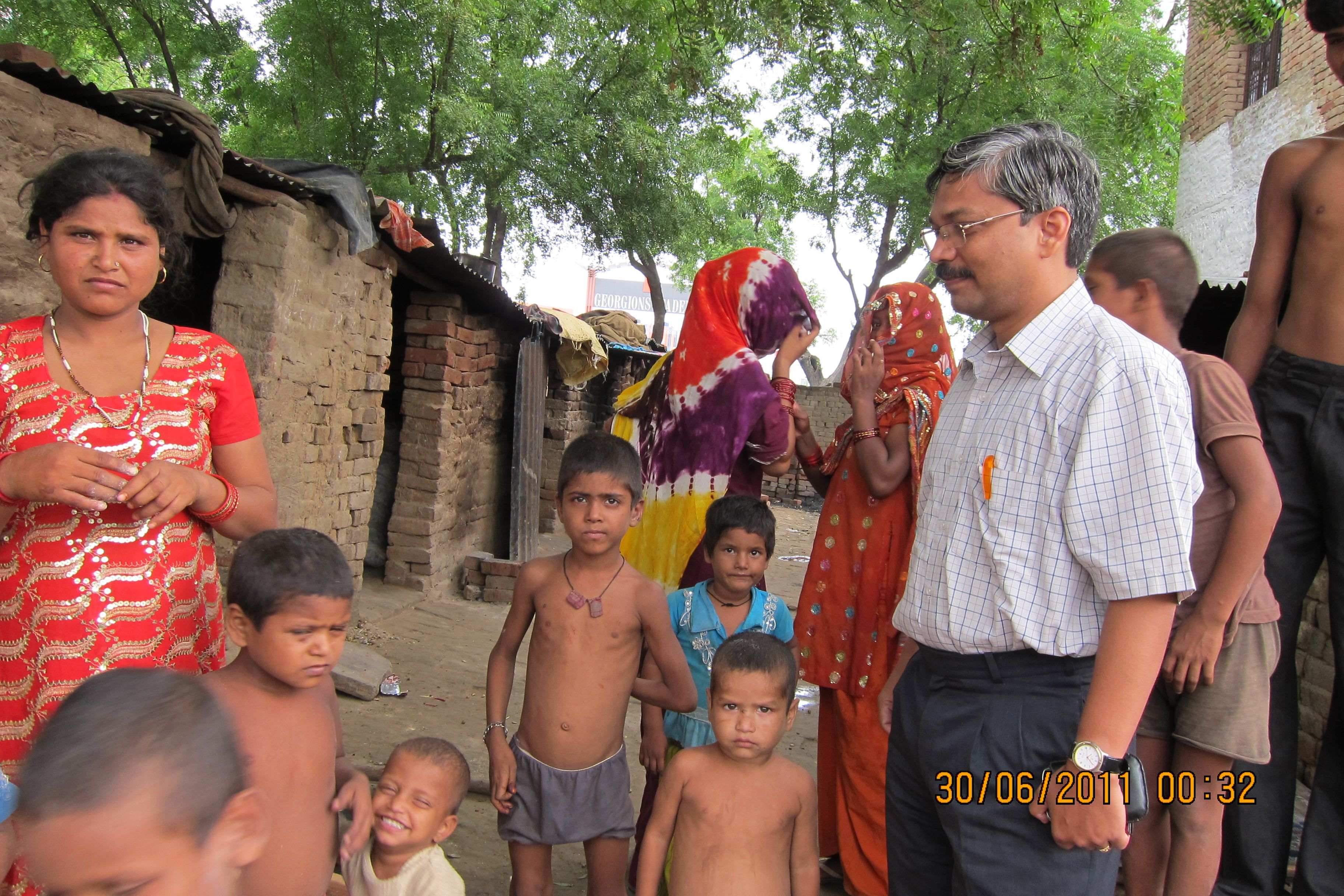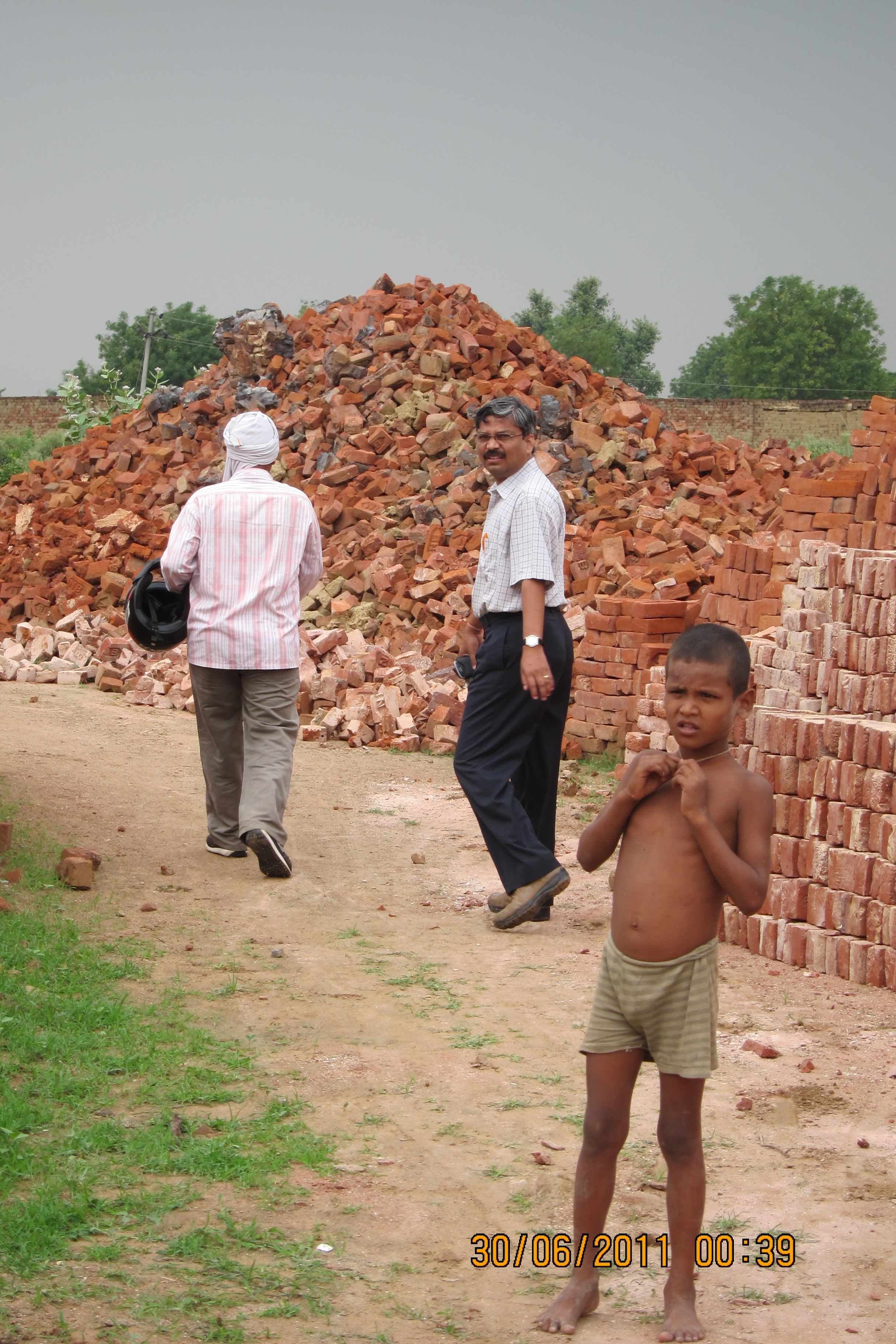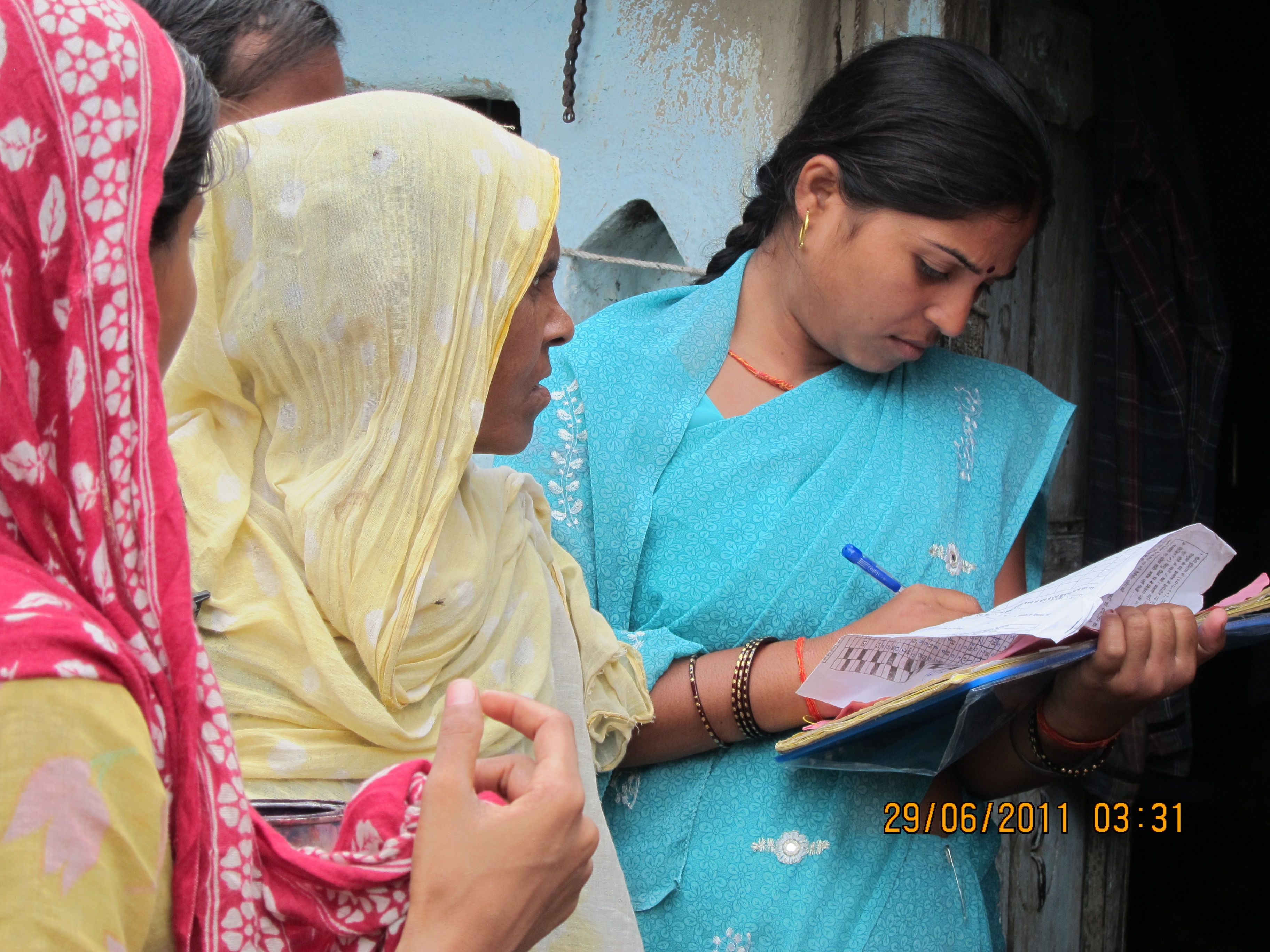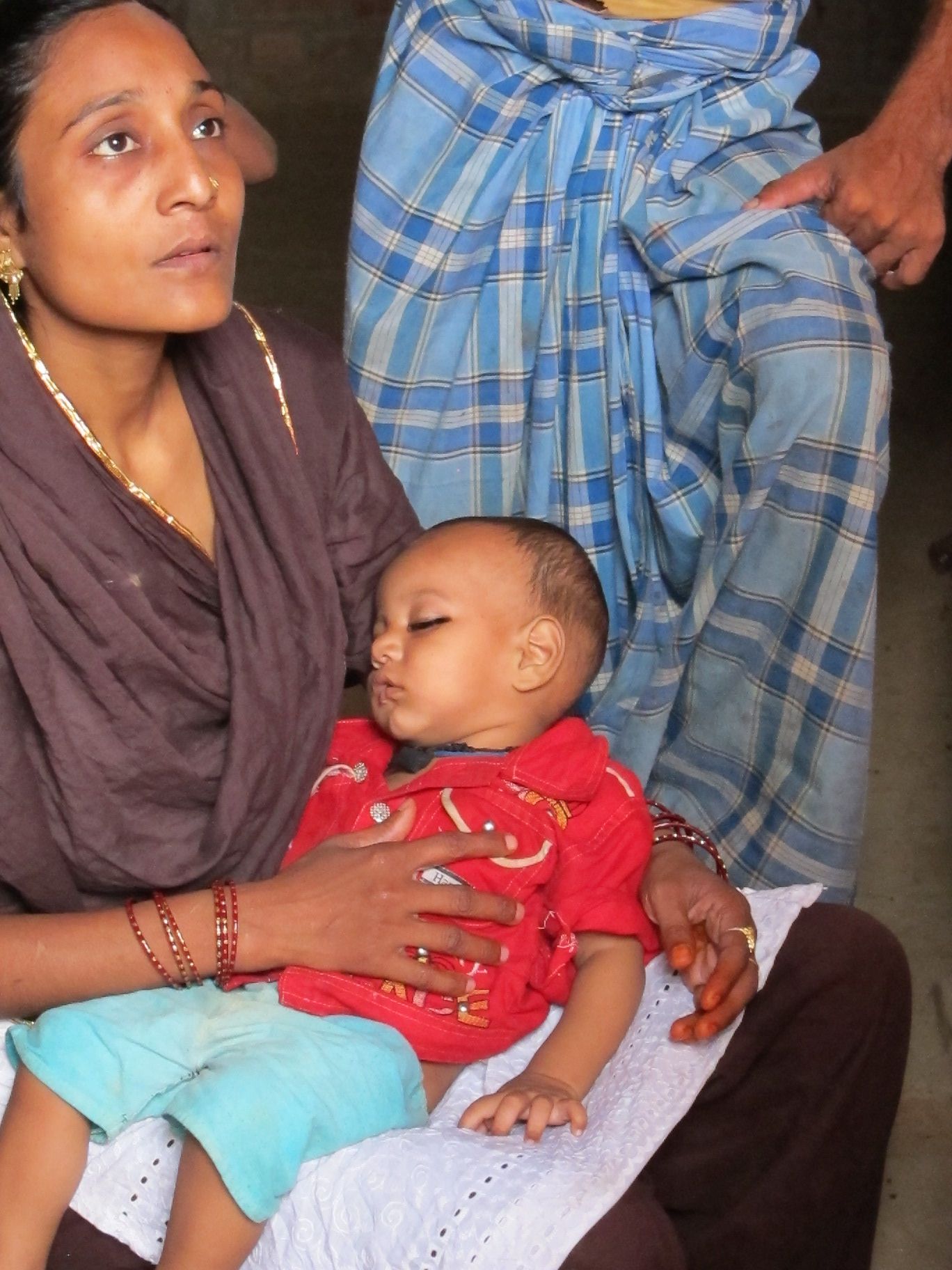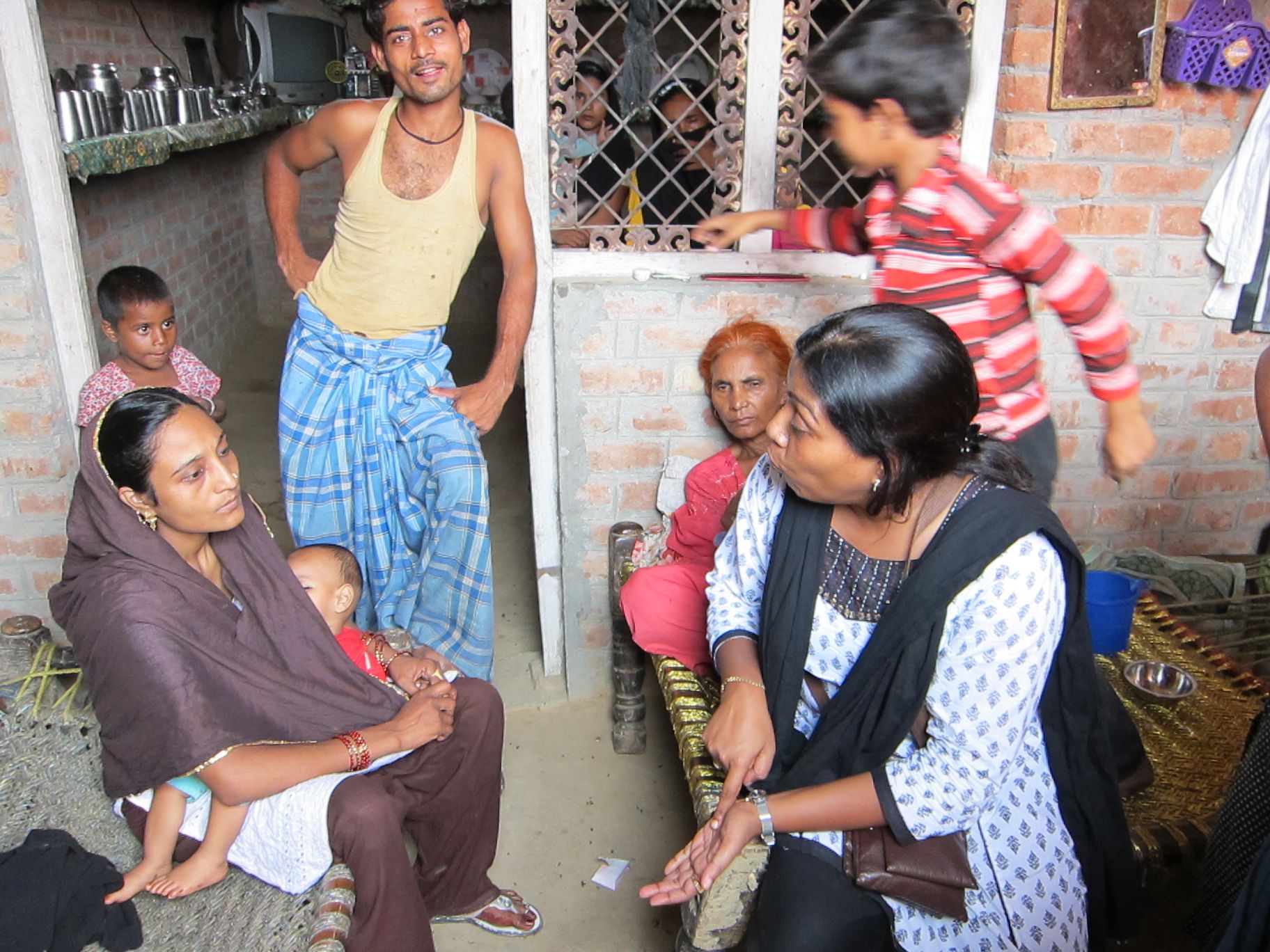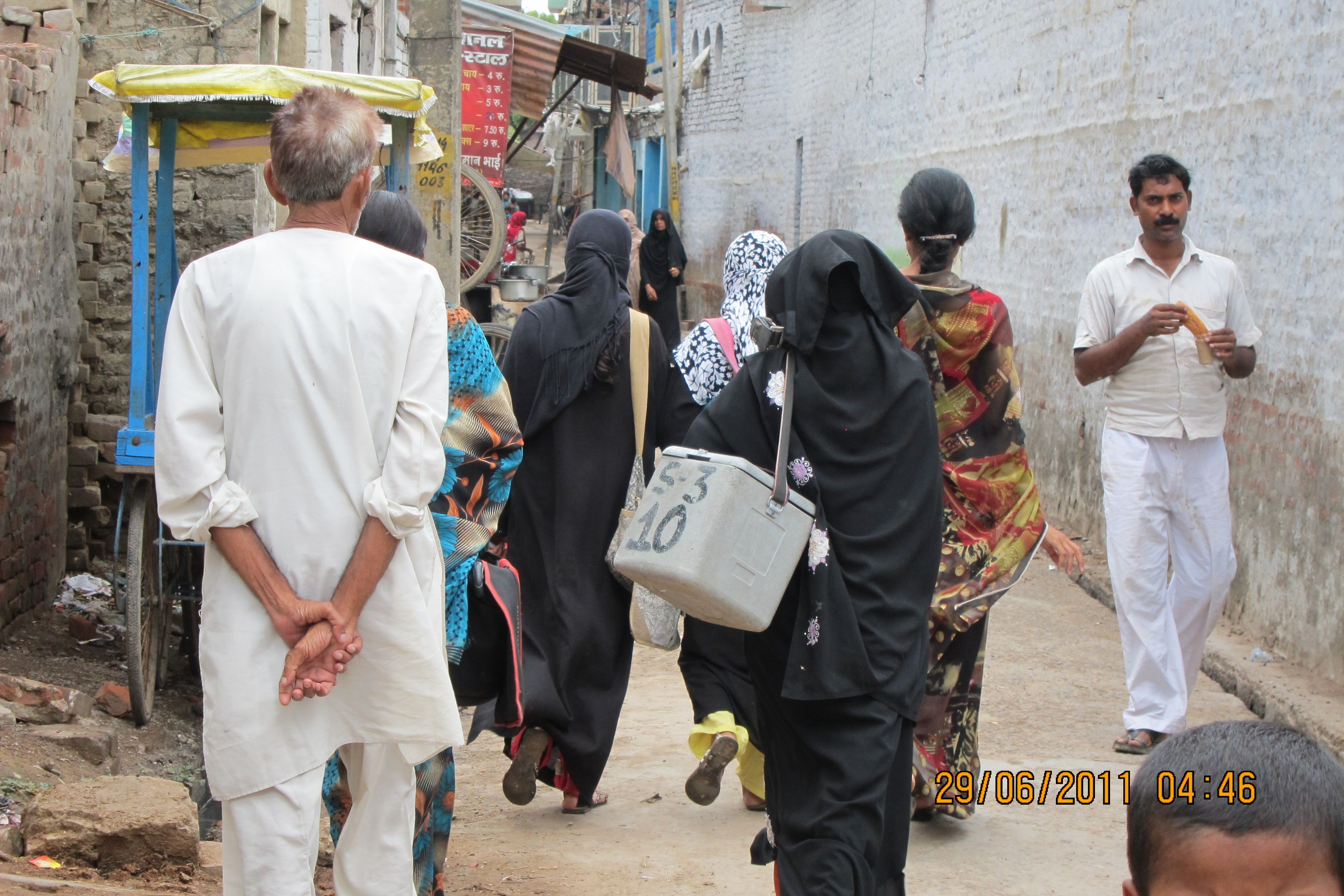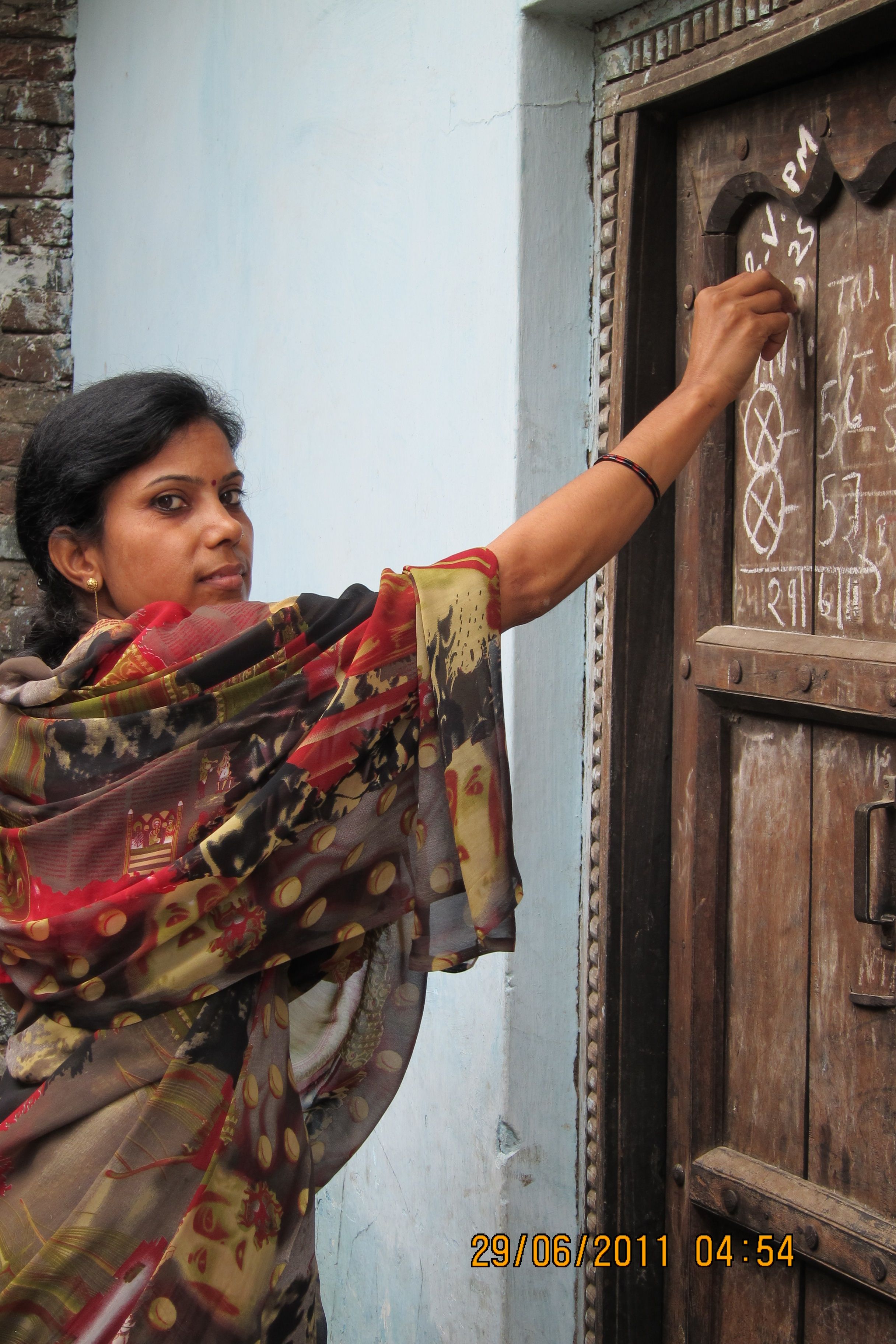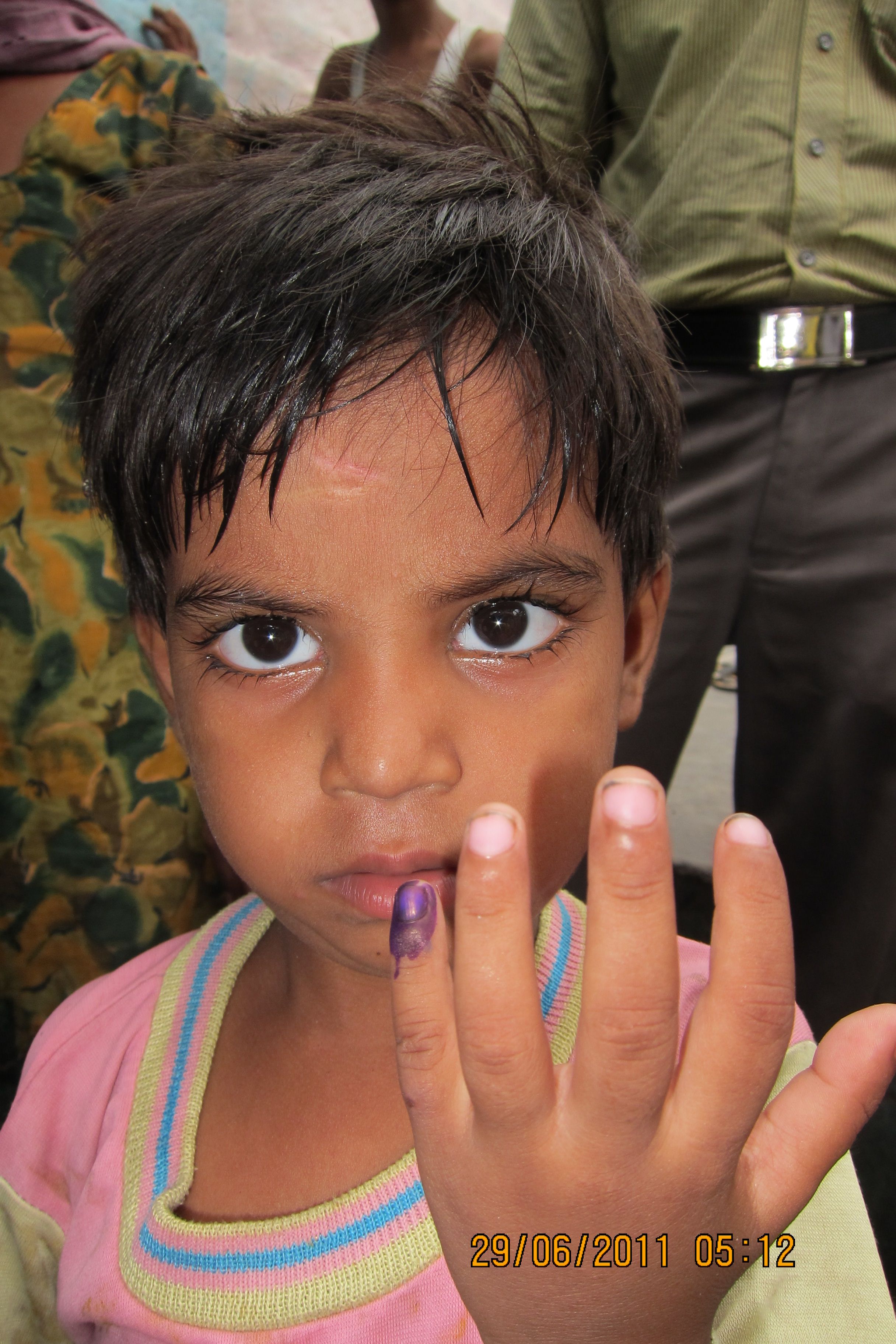This slideshow was also published in The Atlantic.
India is one of the four remaining countries where transmission of polio has never been halted. But the world’s second most populous country appears on the cusp of reaching that goal, with only a single case so far in 2011. India – with the help of experts from the World Health Organization – is attacking the problem hard, mounting extra immunization rounds almost monthly in parts of the country deemed to be of highest risk for continued spread of the paralyzing virus.
One of those areas is the province of Uttar Pradesh, in northwestern India. There high birth rates, large numbers of migrant workers and resistance within the Muslim community combine to challenge vaccination efforts.
Some of those migrant workers toil at in the region’s many brick kilns. And in the city of Firozabad, many families work at the business of making bangles, the ubiquitous glass baubles for which the city is known.
Finding all the children and persuading all the parents requires strategy, sensitivity and perseverance.

